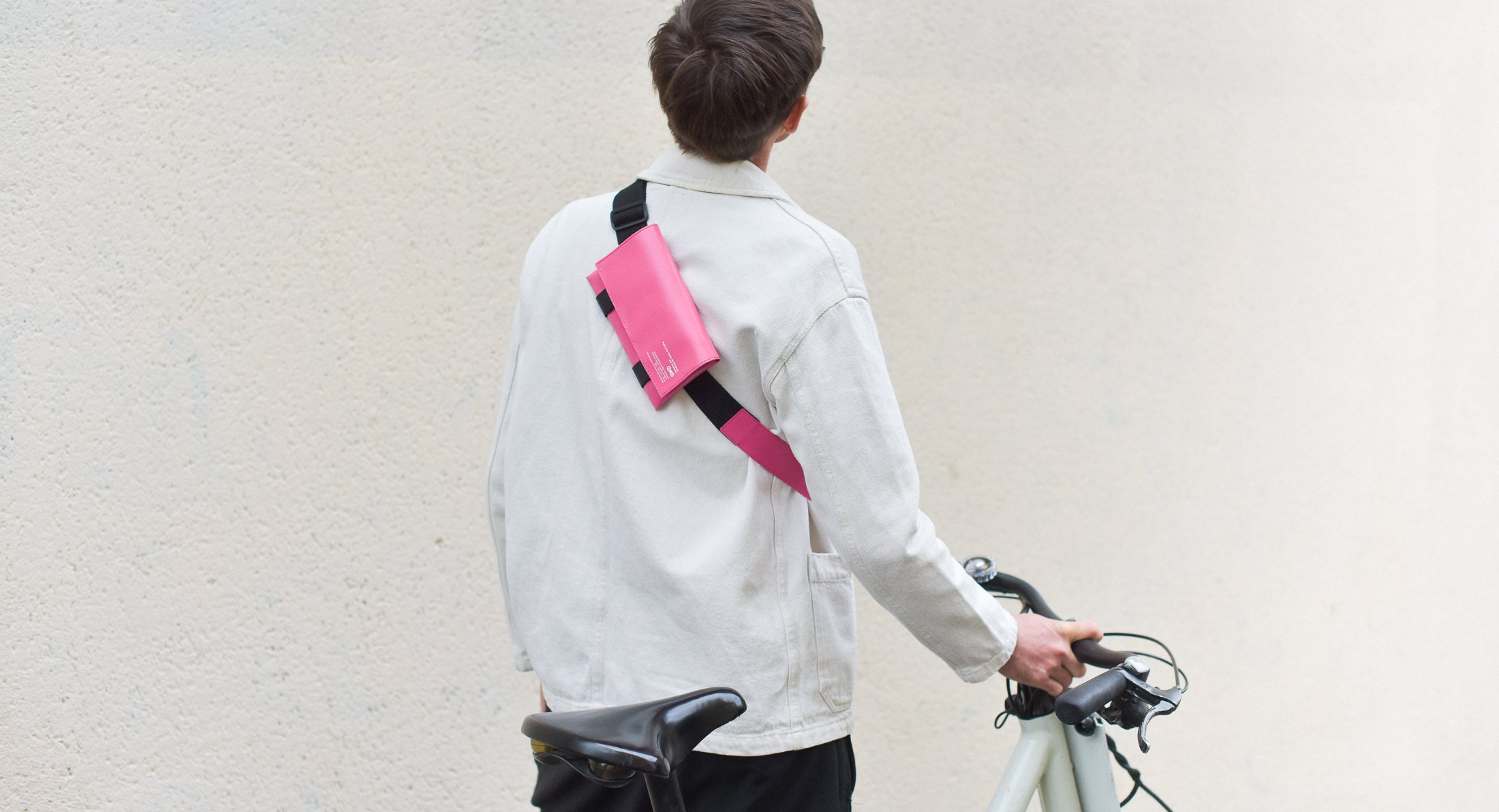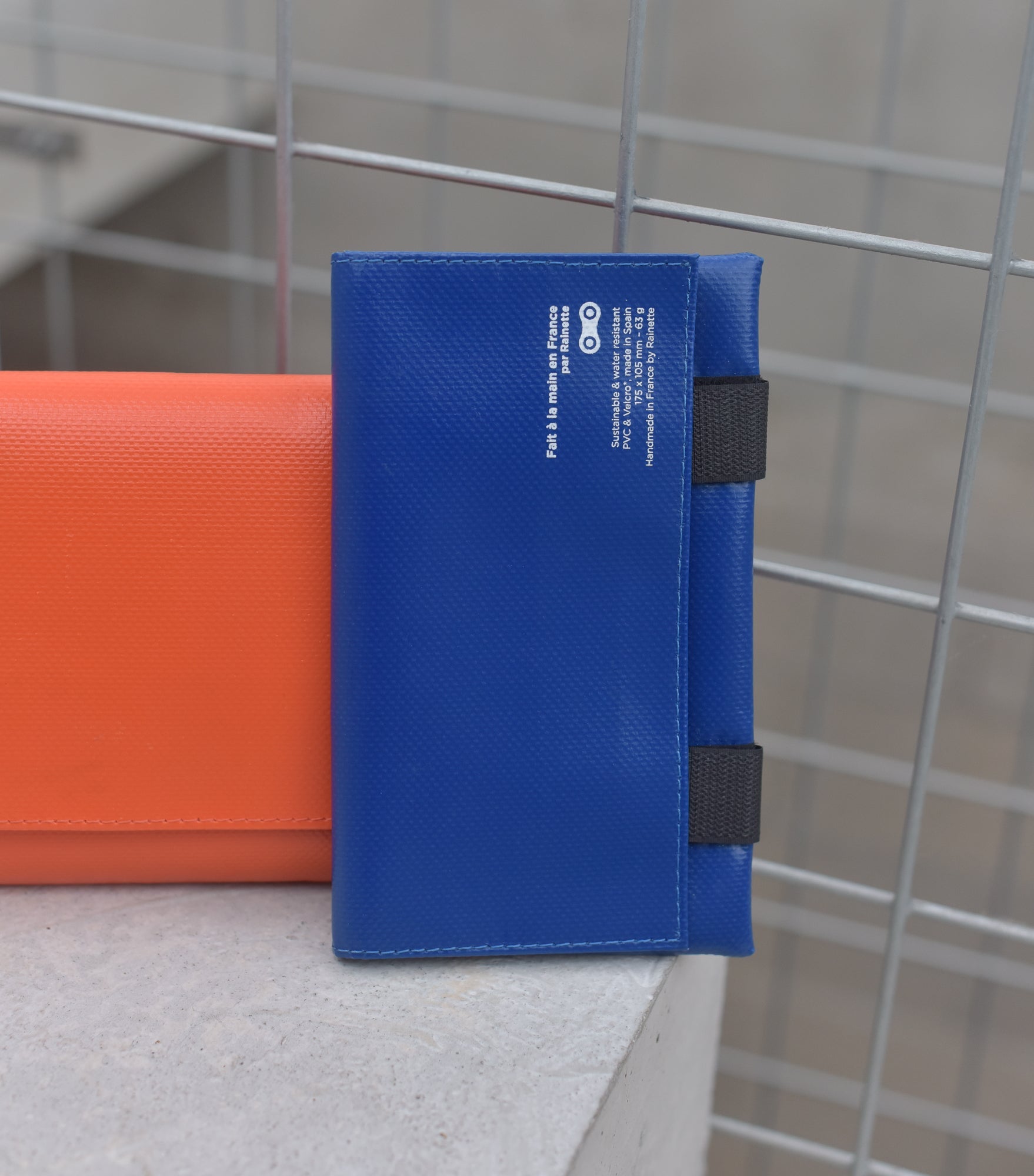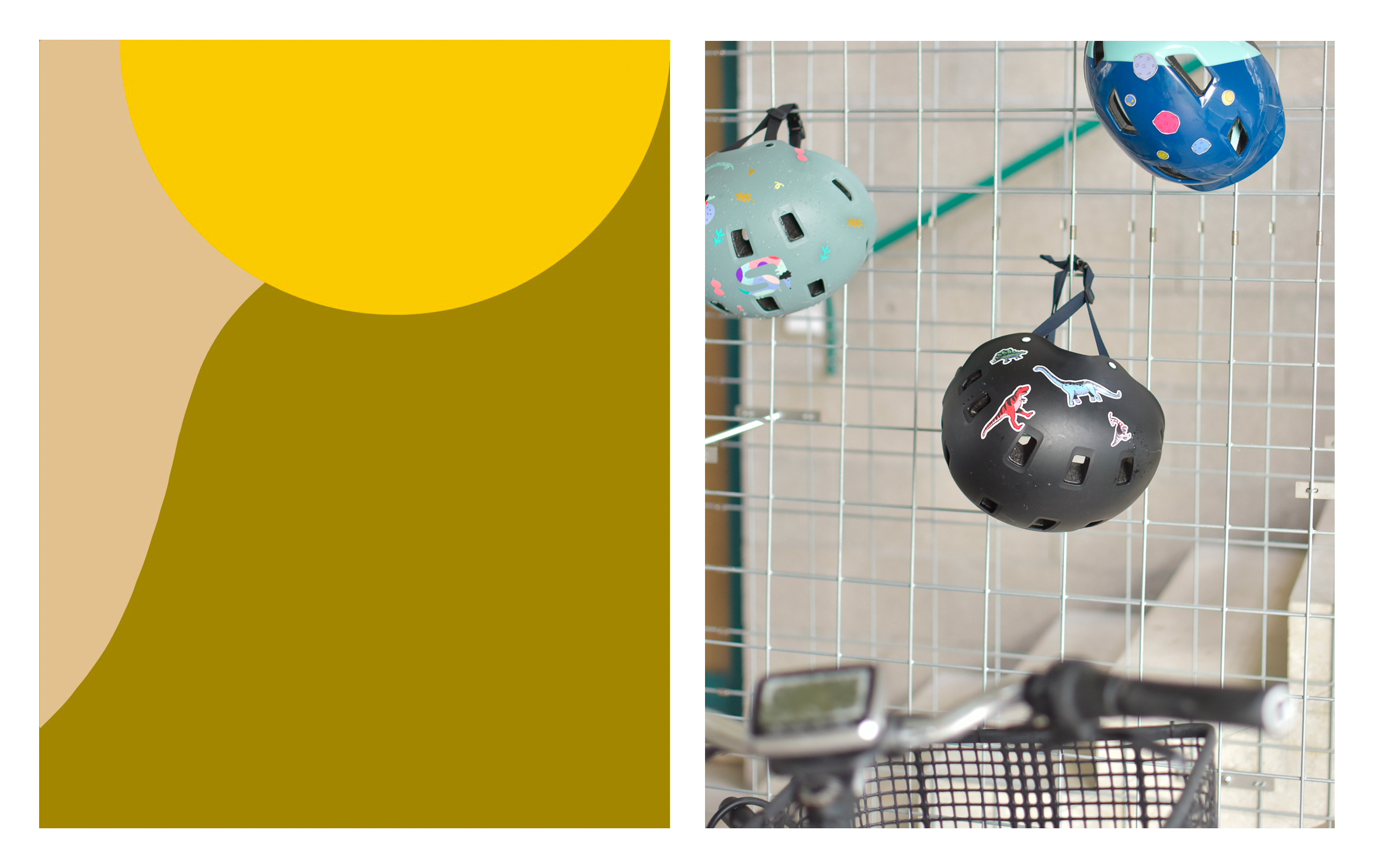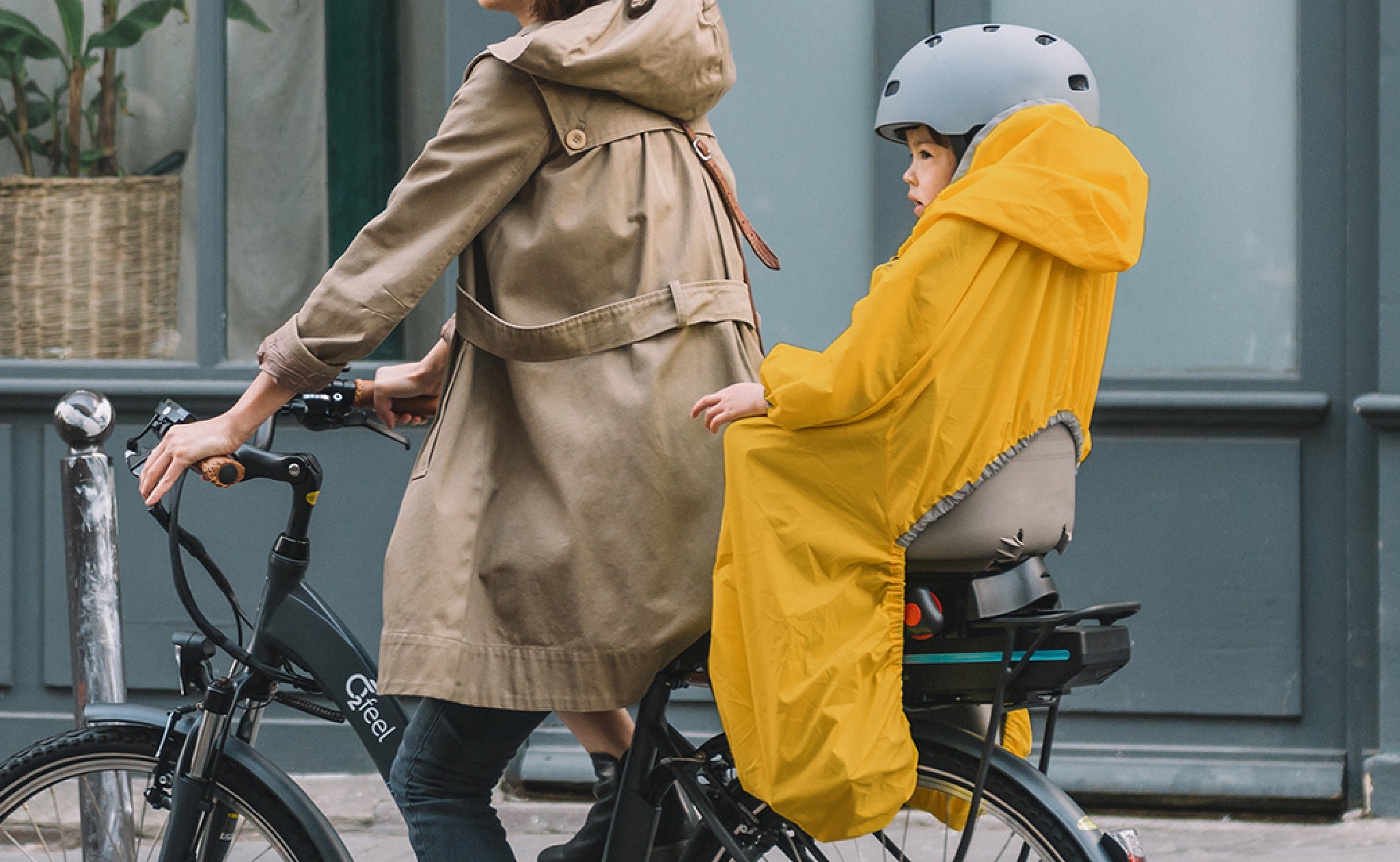The choice of bicycle tires is a crucial decision for every cyclist, whether amateur or experienced.
Tires influence safety, performance and comfort.
With so many different models to choose from, it can be hard to find your way around.
Understanding the importance of tires

Tires are the point of contact between your bike and the ground. They influence :
Traction : the ability to grip surfaces, whether dry, wet or uneven.
Comfort : tires absorb some of the vibrations, making driving more pleasant.
Efficiency: the right tire reduces rolling resistance and improves performance.
Durability: the right choice extends tire life and reduces the risk of punctures.
The main types of bicycle tire
Road tires: lightness and speed
Road bike tires are designed for speed and efficiency on smooth surfaces like asphalt. Their primary purpose is performance, to the detriment of comfort and grip.
-
Features :
-
Narrow cross-section (generally between 23 mm and 32 mm).
-
High pressure (6 to 8 bar) to reduce rolling resistance.
-
Smooth or lightly grooved surface for low friction.
-
For whom?
-
Road cyclists, competition and long-distance enthusiasts.
-
Limits :
-
Less suited to uneven or wet terrain.
MTB tires: robustness and grip
Mountain bike tires are designed to cope with a variety of terrain, including mud, rocks and roots. They provide better shock absorption and maximum grip on all types of terrain.
-
Features :
-
Wide section (50 mm or more).
-
Notched tread for better traction.
-
Low pressure (1.8 to 3 bar) to absorb shocks.
-
For whom?
-
Lovers of off-roading, mountain biking and technical descents.
-
Variants :
-
Specific tires for mud, dry ground or mixed terrain.
Gravel tires: versatility and comfort
Gravel is a compromise between road bikes and mountain bikes. Gravel tires enable smooth riding on roads and unpaved paths. Gravel bikes are very popular, as they are highly adaptable.
-
Features :
-
Intermediate section (35 mm to 50 mm).
-
Semi-sheathed tread for grip and speed.
-
For whom?
-
Gravel cyclists or those looking for a lighter all-terrain tire.
City tires: rugged and practical
For city use, tires need to be tough and comfortable. They are adapted to smooth surfaces to guarantee lightness and speed, while taking into account the possibility of wet roads.
-
Features :
-
Medium cross-section (28 mm to 42 mm).
-
Tread often smooth with grooves for water drainage.
-
Anti-puncture reinforcement to cope with urban debris.
-
For whom?
-
Commuting, city walks or electric bikes.
Special tires

Winter tires: safety first
For winter conditions (snow, ice), some tires are equipped with studs for maximum grip.
-
Features :
-
Notched tread with metal inserts.
-
Wider cross-section for greater stability.
-
For whom?
-
Daredevil cyclists facing winter.
Tubeless tires: puncture-proof technology
Tubeless tires are tubeless and use a preventive fluid to automatically plug small punctures.
-
Advantages :
-
Reduced risk of punctures.
-
Adjustable pressure for greater comfort.
-
Disadvantages :
-
More complex installation and regular maintenance of preventive fluid.
Tire selection criteria
Type of terrain
-
Smooth roads: opt for road or city tires.
-
Mixed trails: gravel tires are ideal.
-
Rough trails: Choose mountain bike tires adapted to the type of terrain.
The weather
-
In dry weather a smooth tire is sufficient.
-
In wet weather : prefer a grooved or notched tread.
-
In winter studded tires offer added safety.
Your driving style
-
Performance: light, narrow tires to minimize drag.
-
Comfort : wide tires with low pressure to absorb shocks.
-
Practicality: puncture-resistant tires for everyday use.
Compatibility with your bike
Always check the width and diameter of your tires against the indications on your rim.
The budget
Budget varies according to technology and quality:
-
Entry-level: €10-30.
-
Mid-range: €30-60.
-
Top of the range: €60 and more, for tubeless or reinforced tires.
Practical tips for tire maintenance

The pressure
Check pressure regularly to avoid premature wear.
Some bicycle pumps come with a pressure gauge, or you can buy one separately.
Refer to the manufacturer's recommendations. Pressure indications are often marked on the tire sidewall (e.g. 3 to 6 bar or 50-90 PSI).
It's also advisable to adapt your tire pressure to the terrain you'll be riding on. On the road, a higher pressure is recommended to reduce rolling resistance.
Conversely, on rough terrain, a lower pressure may be considered to absorb shocks and improve grip.
Inspect the tread
The tread is the part of the tire in contact with the ground. It can be worn or damaged by sharp objects.
If the tread is smooth or the grooves are shallow, it's time to change the tire.
A crack too deep can cause a puncture. The tread must therefore be carefully inspected to avoid any sudden unpleasant surprises.
Foreign objects can become embedded in your tires. Carefully remove any shards of glass, thorns or stones.
Cleaning tires
After every outing on muddy, dusty or rough terrain, it's essential to clean your tires to protect them from premature aging.
Some sprays for bicycle or car tires protect rubber from aging.
The choice of tires depends on many factors, but the most important thing is to find the right compromise between performance, comfort and durability. Take the time to define your needs and understand the specifics of each type of tire. The right tire will make all the difference, whether it's for a leisurely ride, a spirited race or an off-road adventure.





